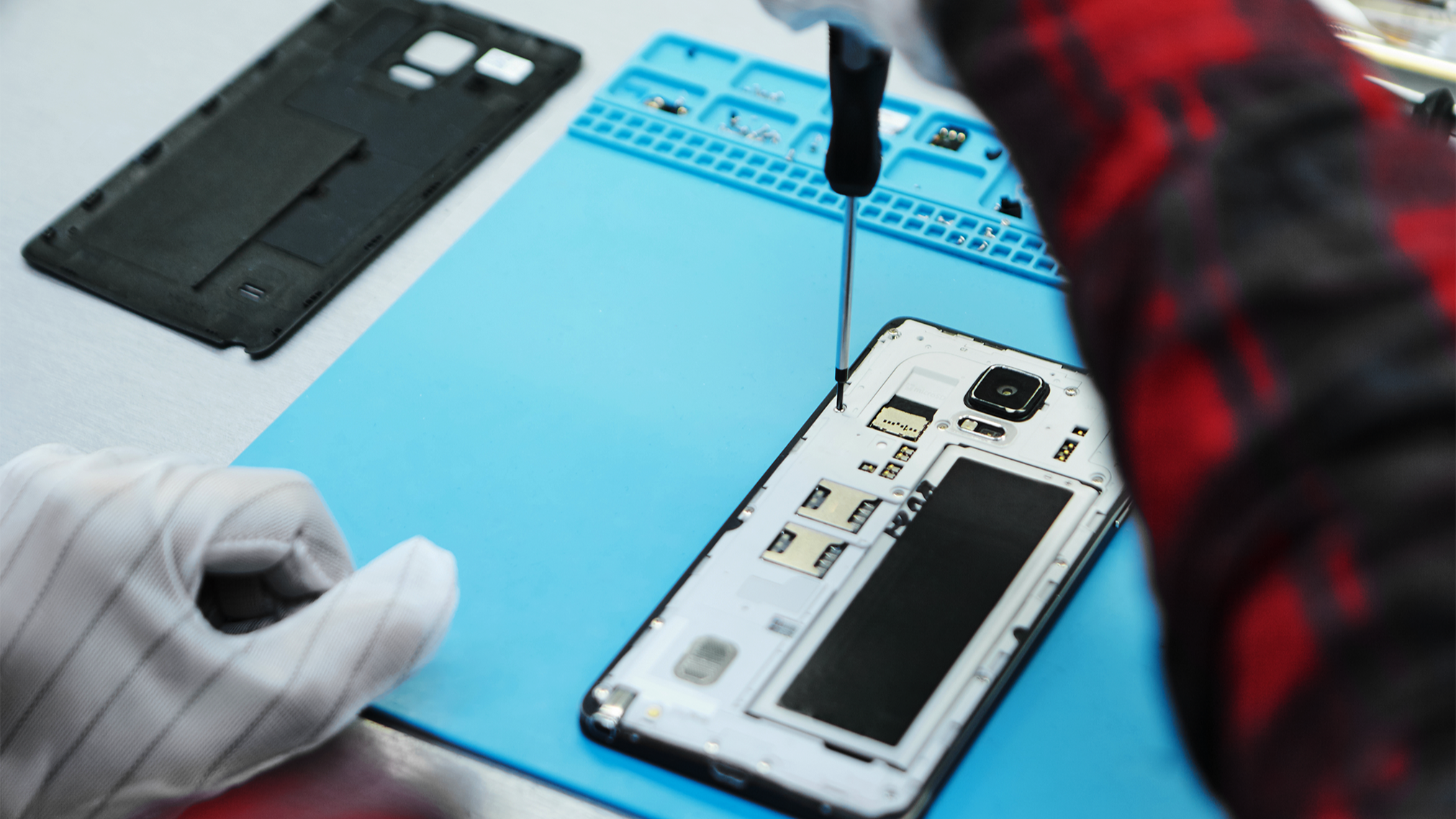04-06-2024

Right to repair is a regulation created to reduce waste and strengthen the repair industry. But what exactly does this right mean and what does it mean for you as a phone repairer? Read this blog to find out what will change for you as a phone repairer because of these new regulations.
Right to Repair means that consumers should have the right to have their (electronic) devices repaired instead of having to throw them away. This is a way to move from our current system in which we treat products as disposable, to one in which raw materials and products are reused.
According to the Eurobarometer survey, 77 percent of European citizens say they would rather have their devices repaired than replaced. 79 percent even think that manufacturers should be required by law to facilitate the repair of digital devices or the replacement of their individual components.
The new rules require manufacturers to offer fast and affordable repairs and require consumers to be informed of their right to repairs. Something else has also changed regarding warranties. If something goes wrong with a product within the warranty period, consumers will now receive an additional year of warranty when a repair is chosen. Once the legal warranty has expired, consumers will also be able to request an easier and cheaper repair when technically possible.
Manufacturers are also required by these new rules to publish information about their repair services, including indicative prices of the most common repairs. In addition, manufacturers will have to provide spare parts and tools at a reasonable price, and manufacturers may not use contractual clauses, hardware or software techniques that hinder repairs.
Consumers can request a European information form to rate and compare repair services, providing details about the defect, cost and repair time. To make the repair process easier, there will also be a European online platform with national sections. This platform will help consumers find local repair shops, sellers of refurbished goods, buyers of broken products or community initiatives such as repair cafes.
On April 23, 2024, after years of debate, the European Parliament adopted Right to Repair. The measure just needs to go through the formal approval process of the European Council. Unfortunately, we cannot yet say exactly when this will happen.
Once right to repair goes into effect, it will have positive implications not only for sustainability, but also for consumers and repair stores like yours.
We hope this blog has given you more insights. Keep an eye on our socials for more interesting news!
Nous sommes disponibles du lundi au vendredi de 09:00 - 17:00 (CET)